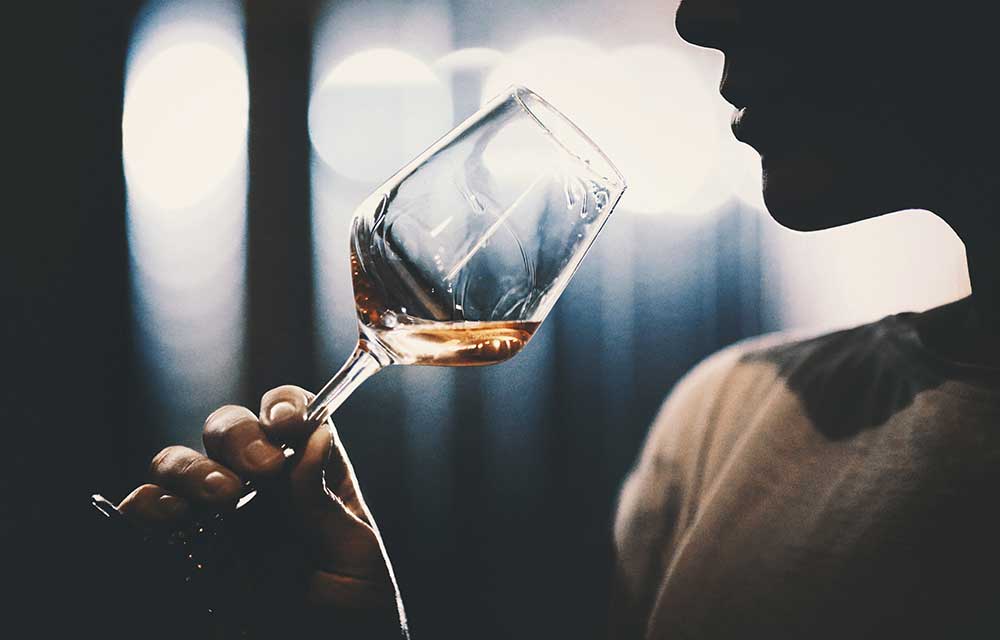EXPERIMENTATION – YOU REMEMBER THIS
There comes a time in every adolescent and teen’s life when venturing into the unknown seems too enticing to refuse. When peers invite you to “try this [pill, drink, drug, joint or combination],” it may seem harmless, since everyone else appears to be fine doing it. Yet, one time dipping into illicit and/or illegal substances or using prescription drugs prescribed for someone else or for purposes other than intended often does not stop there. In reality, experimentation involves making a conscious choice to partake in behavior you know is probably dangerous, certainly not permitted by family rules, and very likely illegal.
Underage drinking in 2015, according to data from the Youth Risk Behavior Survey, accounted for some troubling and risky behavior during the previous month, including:
- 18% binge drinking by underage individuals
- 8% who drove after consuming alcohol
- 20% who traveled with a driver who had been drinking
- 33% of underage youths consumed
According to data from the 2016 National Survey on Drug Use and Health, among people aged 12 or older in 2016, 2.6 million new users tried marijuana for the first time. For first-time alcohol use, the number was 4.6 million new users. Encouragingly, results from the 2016 Monitoring the Future study, now in its 42nd year, showed that teenagers’ use of alcohol, drugs and tobacco not only declined significantly in 2016, the rates are at their lowest since the 1990s.
However, the fact that so many young people have tried alcohol, marijuana and other substances of abuse during middle school and high school doesn’t equate to normal behavior. Neither is it safe. In addition, getting into alcohol and drugs at an early age can cause permanent damage to growing brains and other parts of the human body when casual drinking leads to heavy drinking. For example, experimentation with alcohol at a young age has been shown to contribute to alcohol-related brain impairment involving memory, attention, visual-spatial skills, and executive functions such as abstract reasoning, planning, and goal-directed behavior. Research also shows that experimenting with alcohol and cannabis in adolescence influences the developing brain— and not for the better. Other research found that chronic use of and dependence on both marijuana and alcohol in adolescence results in lower levels of educational achievement and social economic potential, a decreased likelihood to be employed full-time or get married.
Once the pattern of alcohol and drug use has begun, it sets the individual on a path toward long-term behavior with potentially disastrous consequences.
ADDICTION – WHAT YOU NEED TO KNOW
Crossing the line between experimentation and physical dependence and then on to addiction is sometimes difficult to pinpoint. At what juncture does being able to walk away from the urge to drink or use blur? Addiction is a chronic relapsing disease, where the individual can no longer control their need or compulsion to use. This occurs despite increasingly negative consequences and signals loss of control, increasing vulnerability and succumbing to triggers, cravings and urges to use.
Physical dependence is a marked change from prior experimentation and casual use to the point where the user develops a tolerance to the amount, type and regularity the substance is used. As a result, to achieve the same effect, greater amounts, dosage and frequency are required. Coming down from the euphoria or desired state produces unpleasant physical and mental symptoms, a process called withdrawal. Seeking to stop withdrawal symptoms, many users—if they had any thought of ceasing usage—simply go back to using. The inevitable cycle of addiction, created by changes in brain chemistry and including profound physical, mental and emotional changes, continues until there is some kind of intervention, either by self-choice to go into treatment, or family, employer or legal pressure to do so.
As for what causes one person to become addicted to drugs while another does not, experts say that several factors are involved. These include biology, a family history of addiction, age of first use, co-existing mental health problems, including depression and anxiety, associating with other drug and alcohol users, and repeatedly getting into difficulties at work, home or school and feeling the need to release pressure and stress by using again.
DETECTING THE DIFFERENCE – WHAT YOU CAN DO
How do you know if you or someone you care about is engaged in experimentation with substances of abuse or has developed an addiction? Addiction experts say it’s important to know the signs and symptoms of addiction and to watch for patterns of behavior that indicate escalating substance use, more frequent problems caused by drinking and/or drug use, becoming withdrawn socially, hanging out with questionable friends, displays of sudden anger and other intense emotions.
Encouraging a friend, co-worker, family member or loved one to go into treatment and being supportive of their recovery efforts is the best way to help that individual in his or her struggle to overcome addiction. For those who have embarked on a path of reckless experimentation, parental intervention may be required to bring the situation to their attention and prompt action. If you are the one who is concerned that your casual use and delving into various drugs and substances of abuse constitutes a problem, education yourself. Learn about the disease of addiction, how it starts, how treatment can help, and the role of 12-Step and other self-help groups, along with family support and encouragement, what relapse is and how to develop effective strategies for preventing relapse and overcoming it afterward in effective recovery.
Treatment may be residential or outpatient, and involve detoxification first, followed by pharmacological and behavioral therapies, among other therapeutic and holistic treatments and educational support. Introduction to 12-Step groups is also a part of treatment to overcome addiction.
If you think you or a loved one may have an addiction,
contact one of our admission counselors to ask more questions or find help, today.
For more information about understanding the difference between experimentation and addiction, check out our other Learning Center articles:






